The car can run on 60 litres of water and able to travel up to 900 kilometres (559 miles) in 10 hours. The power is generated after H2O is split into hydrogen and oxygen which react chemically to produce energy. — Via Science and Technology.


The car can run on 60 litres of water and able to travel up to 900 kilometres (559 miles) in 10 hours. The power is generated after H2O is split into hydrogen and oxygen which react chemically to produce energy. — Via Science and Technology.

No, these are not pictures of caramel corn—they’re the new close-ups of the sun, taken by the largest solar telescope ever built, and they’re what the Internet has been abuzz about for a week. The Daniel K. Inouye Solar Telescope (DKIST) is able to capture imagery three times more detailed than anything we’ve seen before. What we’re looking at here in this video are huge bubbling cells as big as Texas, transferring heat from the sun’s interior to its surface, but the telescope can also resolve tiny features as small as Manhattan Island within the cells!
The DKIST is about 13 feet wide and has a better-than-bird’s-eye-view at 10,000 feet above sea-level on the summit of Haleakala, a massive shield volcano on Hawaii’s island Maui. The area covered in this image is about 22,600 miles by 22,600 miles, but the cell-like structures shown are about the size of Texas.
This is only the first time it’s been used so far, and scientists are hoping that in the future it will be helpful in predicting solar weather. Scientists still have a lot of questions about the dynamical processes in the sun and space weather is a focus that can have significant impact on the everyday individual. Space weather has a huge influence on our air travel and satellite communication, sometimes causing power outages and system failures, and our technology has only given us about 48 minutes’ notice until now. The DKIST will help us predict solar flares 48 hours in advance and understand space weather like we never have before.


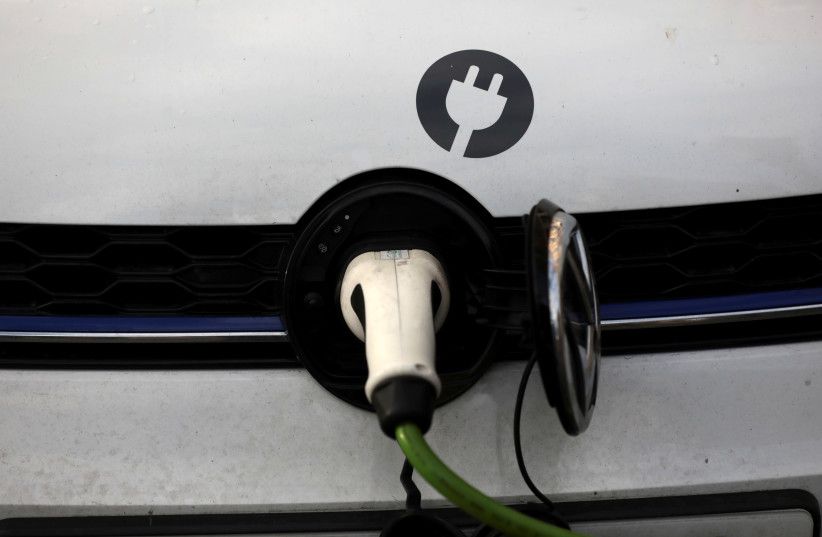
India’s largest commercial oil company, Indian Oil Corporation Ltd., will partner with Lod-based energy start-up Phinergy to develop and produce innovative metal-air batteries, often regarded as the solution for long-distance electric-vehicle travel.
Indian Oil said it had bought a minority stake in Phinergy on Tuesday, which specializes in aluminum-air (Al-air) and zinc-air technologies. Unlike conventional lithium-ion batteries that carry oxygen within a heavy electrode, metal-air systems produce energy by combining aluminum, water and oxygen from the air.
The future incorporation of the long-pursued battery solution into electric vehicles, Phinergy said, will enable long-range driving, five-minute energy recharges and lowering the cost of electric vehicles.
Indian Oil and Phinergy plan to form a joint venture in India to collaborate on developing an Al-air battery system, including research and development, customization, manufacturing, assembly and the selling and service of energy systems. The companies also intend to establish a factory in India to manufacture the batteries for electric vehicles and additional stationary applications.
“We are confident that this Al-air battery technology would complement lithium-ion batteries to provide a hybrid solution for large-scale adoption of electric vehicles in the country,” Indian Oil chairman Sanjiv Singh said, adding that the company is assessing numerous alternative-energy options. “Al-air battery technology has advantages on a number of factors like range, energy density, safety of operations, life cycle, etc.”
Indian Oil hopes the development of innovative battery solutions will reduce the country’s reliance on imports, which are highly susceptible to geopolitical and currency-related risks. The development of Al-air solutions is considered to be particularly relevant to the Indian market due to its natural availability and the large aluminum production industry in the country.
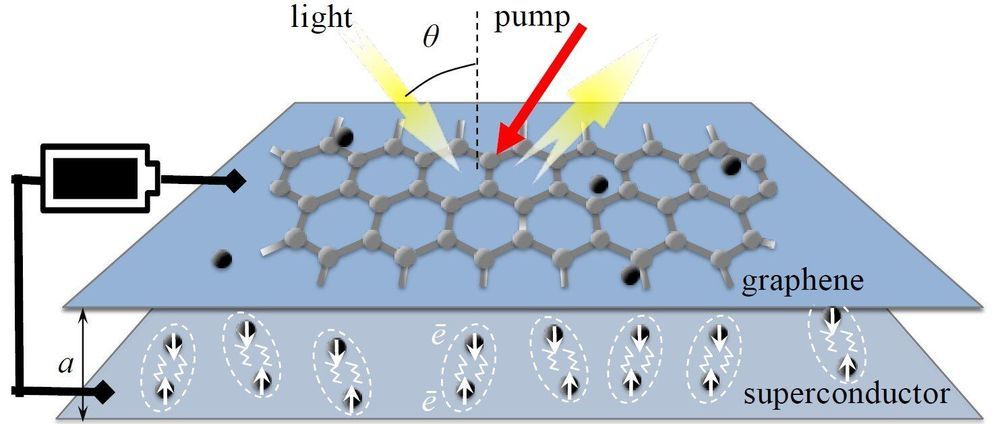
Researchers have created a unique device which will unlock the elusive terahertz wavelengths and make revolutionary new technologies possible.
Terahertz waves (THz) sit between microwaves and infrared in the light frequency spectrum, but due to their low-energy scientists have been unable to harness their potential.
The conundrum is known in scientific circles as the terahertz gap.
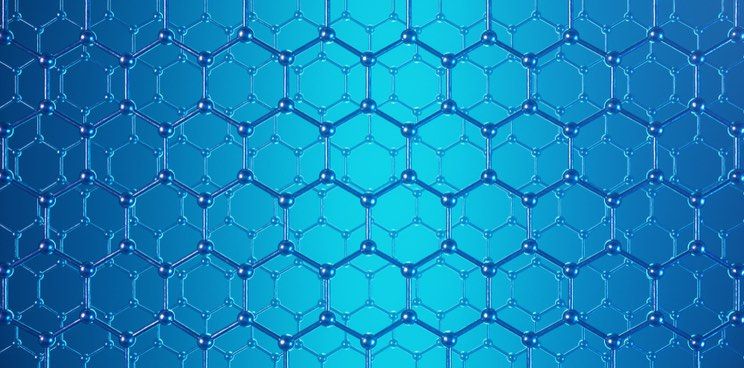
An international group of researchers has made graphene more affordably and with a lower environmental impact than current chemical methods by using bacteria.
Graphene is a very strong and conductive material that could revolutionize electronics and engineering. However, producing graphene in large quantities requires lots of energy and involves toxic chemicals, such as hydrazine, which damages the nervous system.
Researchers from the Delft University of Technology in the Netherlands and the University of Rochester in the US have worked to overcome these problems by using bacteria to produce graphene. Their work has been published in the journal ChemOpen.
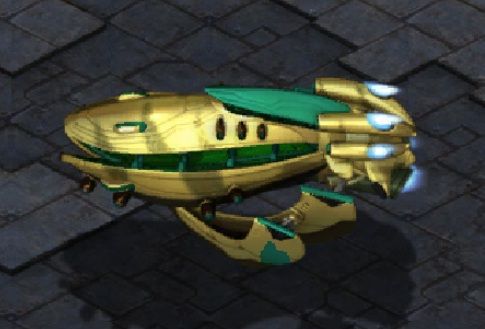
Essentially you could at this point make a working protoss carrier o.o
Carriers are a late-game Protoss air unit that are the largest and most costly unit available for Protoss. Carriers are produced from the Stargate and requires a pre-existing Fleet Beacon. Carriers have the highest armor, health, and shields of the Protoss race. Their main advantages are their long range and mobility in combat; this potentially incredibly long range is especially notable as unique among Protoss units. On the other hand, their raw attack power is rather low for their price. Perhaps their greatest use is in extreme late-game where their supply efficiency for their staying power is usable, much like Battlecruisers; however, they are hard-countered by the latter since they make volleys of low-damage attacks and due to the Yamato Gun.
Carriers themselves do not, in fact, possess any attack, but like Reavers build and transport unique units –Interceptors in this case- to much the same effect. A Carrier does not come equipped with any Interceptors when first warped in, so it must construct them individually, adding quite a deal of cost and build time to the finished unit. Unlike the Reaver’s Scarabs, however, the units it builds do not immediately sacrifice themselves to attack but attack as would another unit stacking up on a target that it “fires” at until recalled at which point they may still be used again. While targetable, expensive and fairly weak individually Interceptors move quickly around targets, potentially out of range, and can recharge shields instantly upon being recalled meaning they can overwhelm targeted forces (although potentially very, very slowly). Interceptors are all destroyed if the Carrier itself is destroyed.

As the vice-chair of the Senate Intelligence Committee, he’s also become one of Capitol Hill’s most vocal advocates urging the country to take foreign technology threats seriously, both the possibility of kinetic real-world cyberattacks (such as disabling power plants or water systems) and already-underway information influence operations like the ones that upended the 2016 presidential election, as well as the looming challenges next-generation technologies pose to national security.
A former telecoms entrepreneur, the Virginia senator says that saving the industry (and democracy) might mean blowing up Big Tech as we know it.

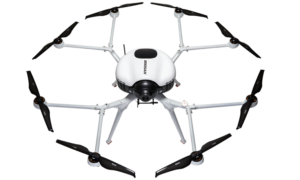
Public-safety drone consultancy Skyfire Consulting has announced a partnership with UAV company Doosan Mobility Innovation and hydrogen-fuel service provider ReadyH2 to tackle a pipeline-inspection project for an unnamed American company.
Doosan will deploy a hydrogen-powered octocopter. The drone sports a hydrogen-powered generator fueling two hours of flight time per mission over nearly 50 miles.
ReadyH2, in cooperation with parent company Fortress UAV, will be responsible for providing a ready supply of hydrogen gas for the project.